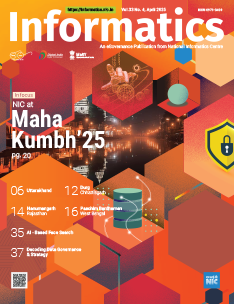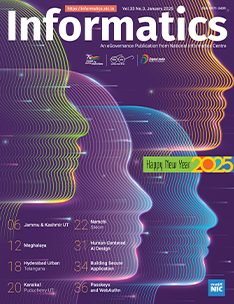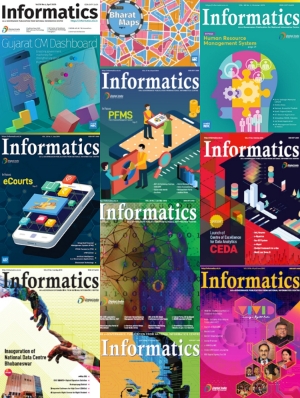GIS based DSS in WAMSI for Waqf Property Encroachment got recognition at Manthan Awards 2015
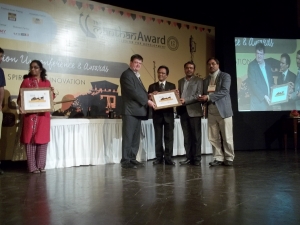

GIS based Decision Support System (DSS) in WAMSI On-line System for Waqf Property Encroachment got recognized by The Grand Jury of Manthan Awards 2015.
The GIS based DSS uses satellite imagery to detect encroachment of Waqf properties in order to protect them from vested interests and to ensure that they are used as per the concept of Waqf. The GIS-DSS system implemented since December 2014, involves: a) permanently fixing layouts of the Waqf properties on the basis of GPS coordinates; (b) mapping these GIS generated layouts of Waqf properties on to satellite imagery; (c) figuring out changes on the ground, that is, encroachments (if any) by treating the layouts as templates/cut-outs with respect to various historical satellite imageries under them.
Earlier Waqf Properties were not known to the public. WAMSI Public Interface Portal (http://wamsi.nic.in) is now providing a platform to provide all the current and updated information (based on Work-flow at Waqf Boards in the Country) about the Waqf properties including GIS capabilities and decision support system for detecting encroachments.
The system is expected to mitigate such problems as mismanagement of Waqf properties, generation of nothing or very little revenues, beneficiaries being left out, loss of Waqf properties due to litigations, sale, encroachments, alienation, etc.




 Subscribe
Subscribe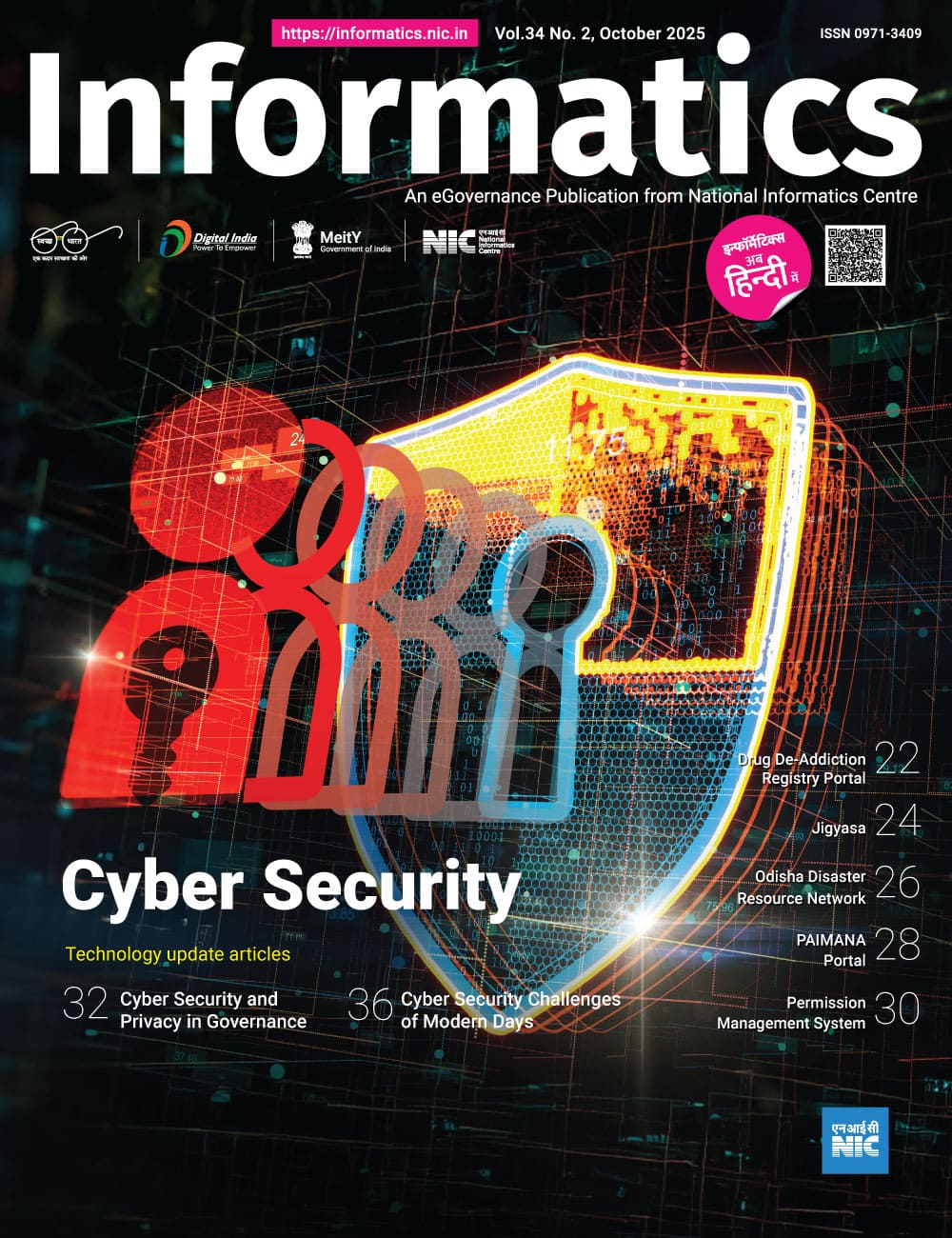
 Flipbook
Flipbook PDF (5.0 MB)
PDF (5.0 MB)
